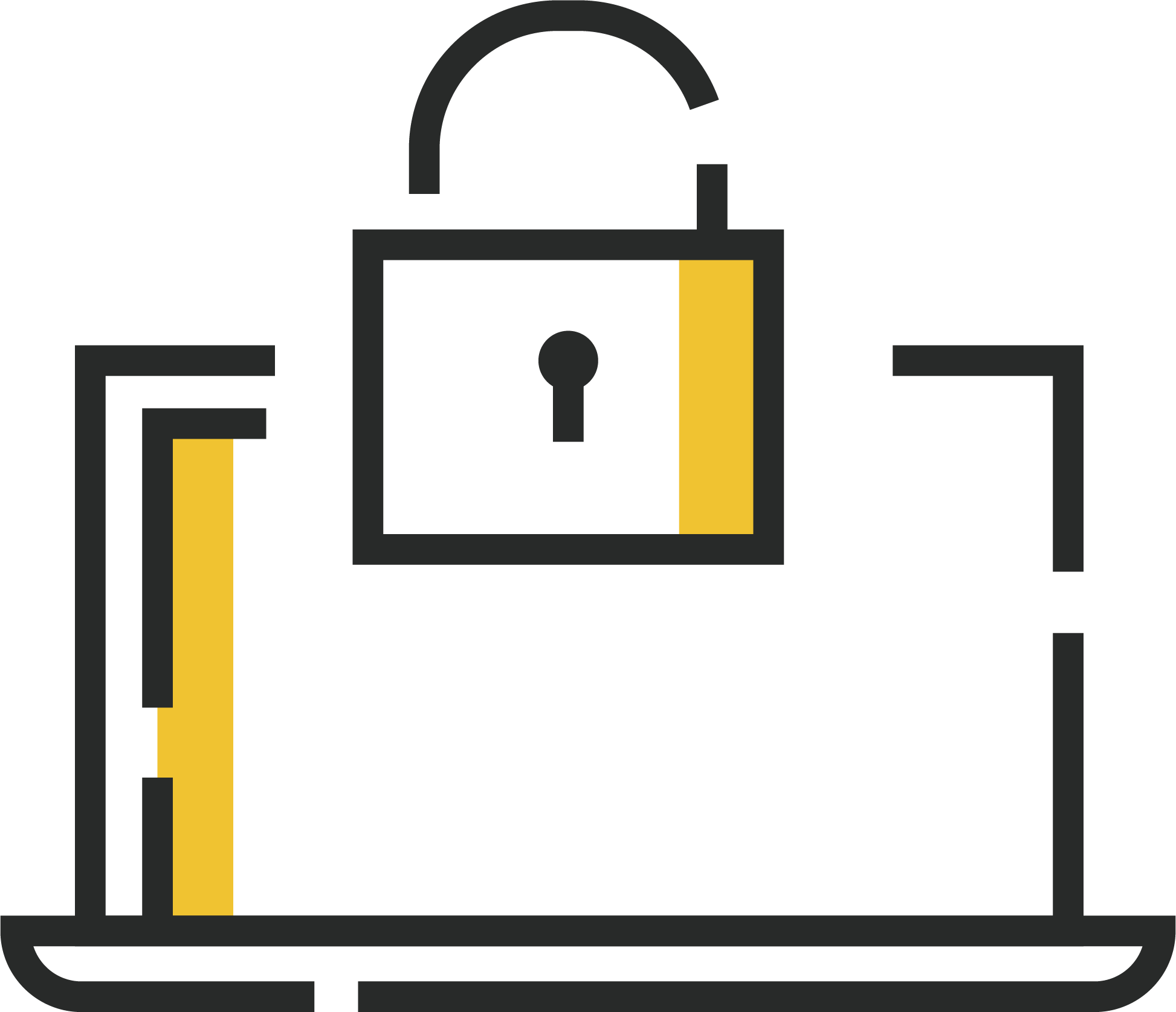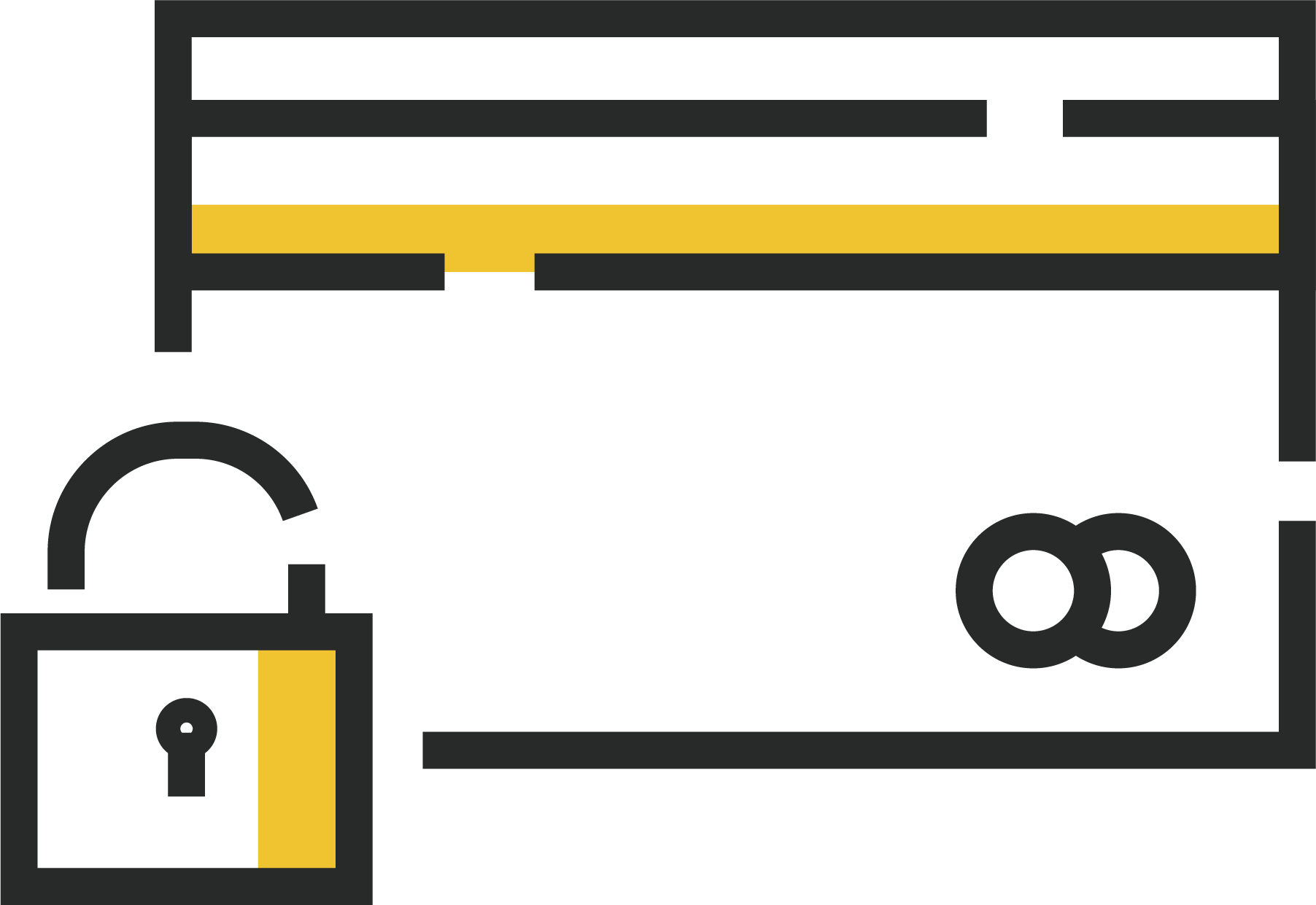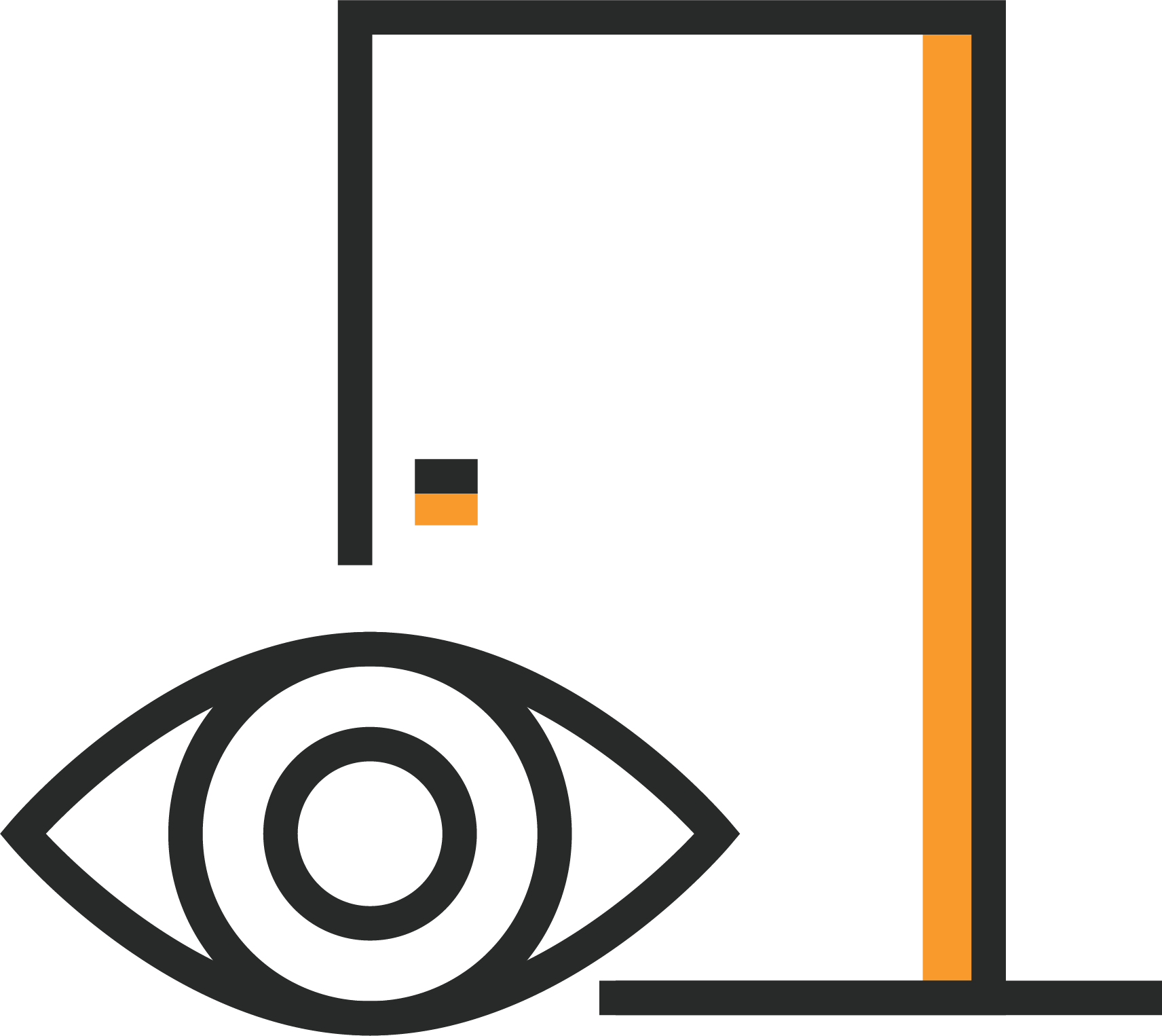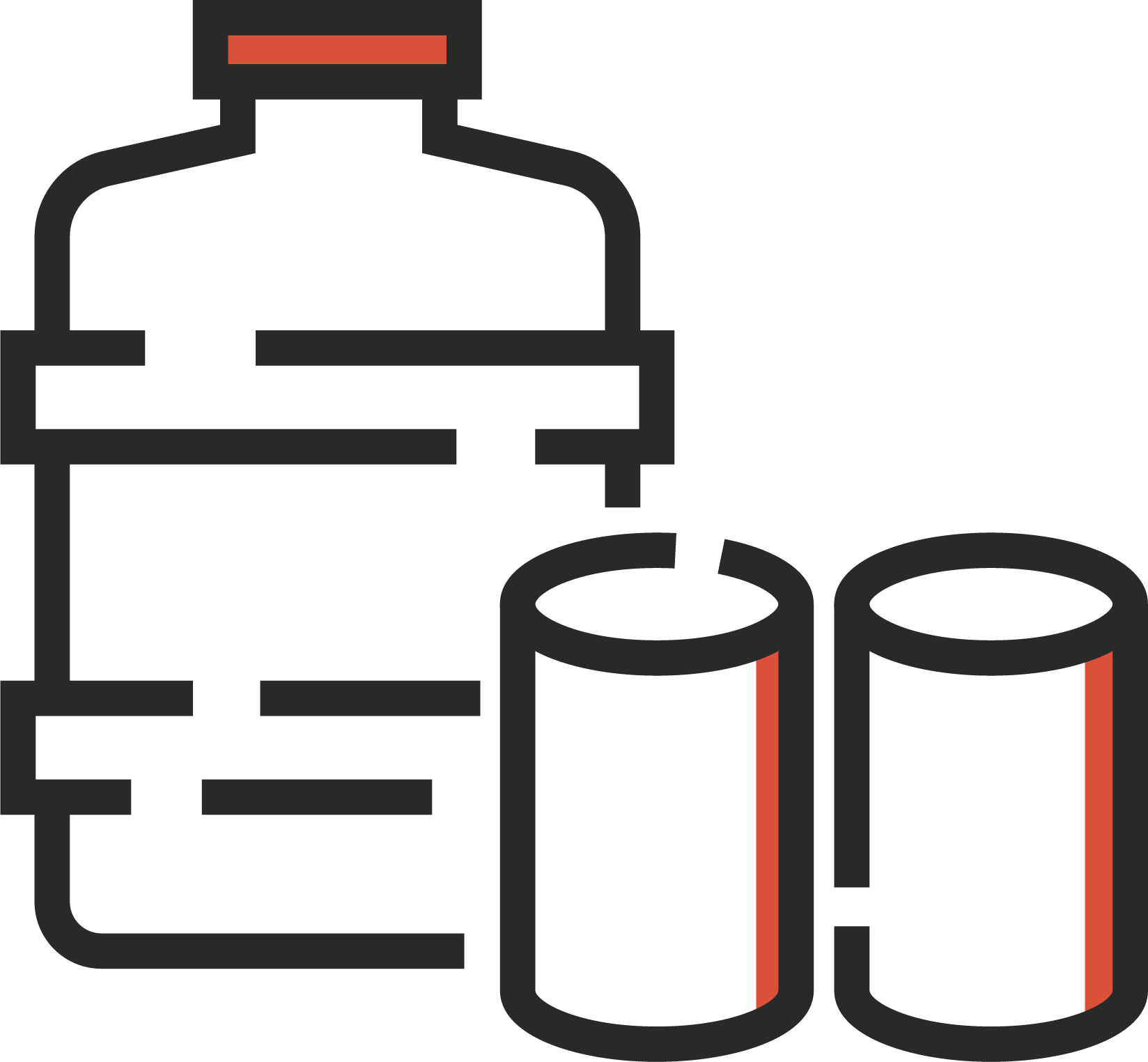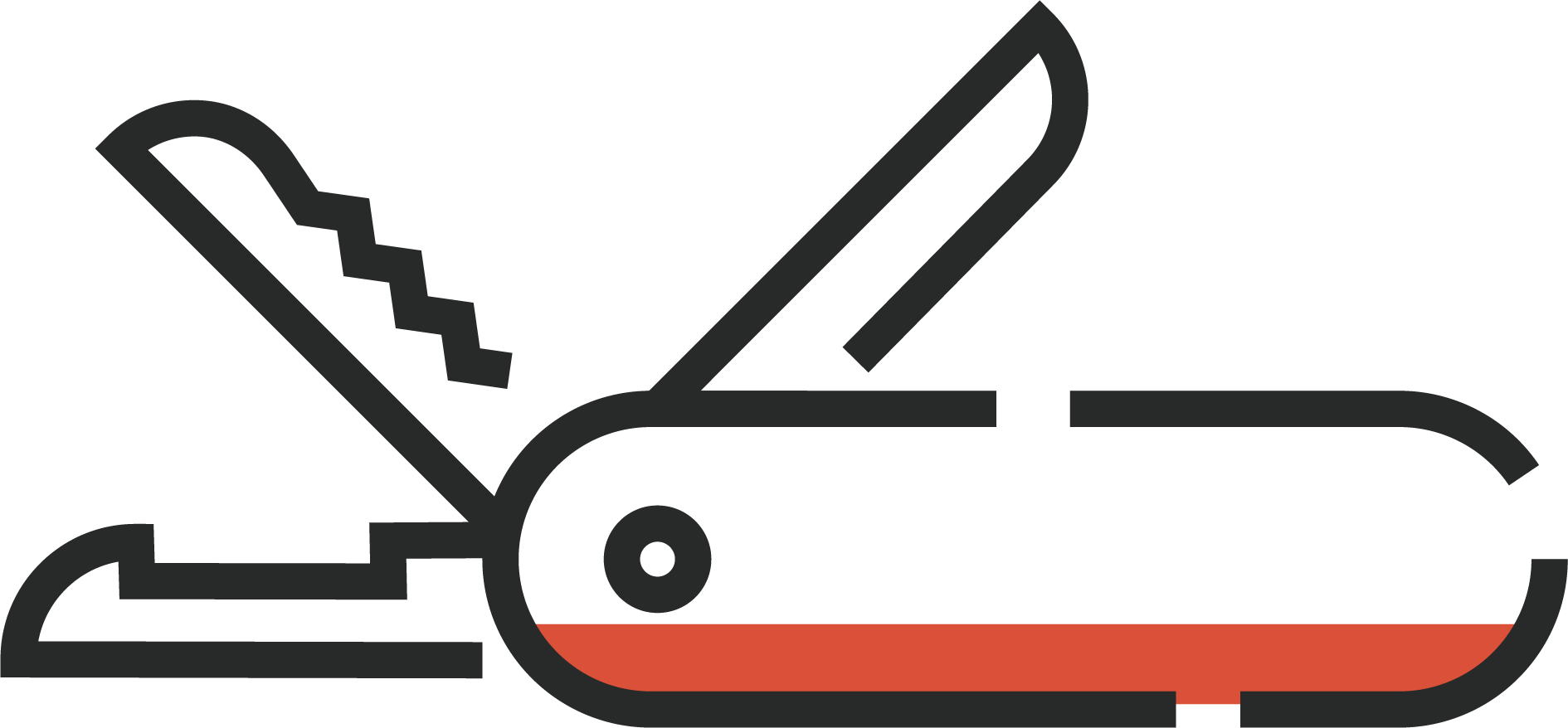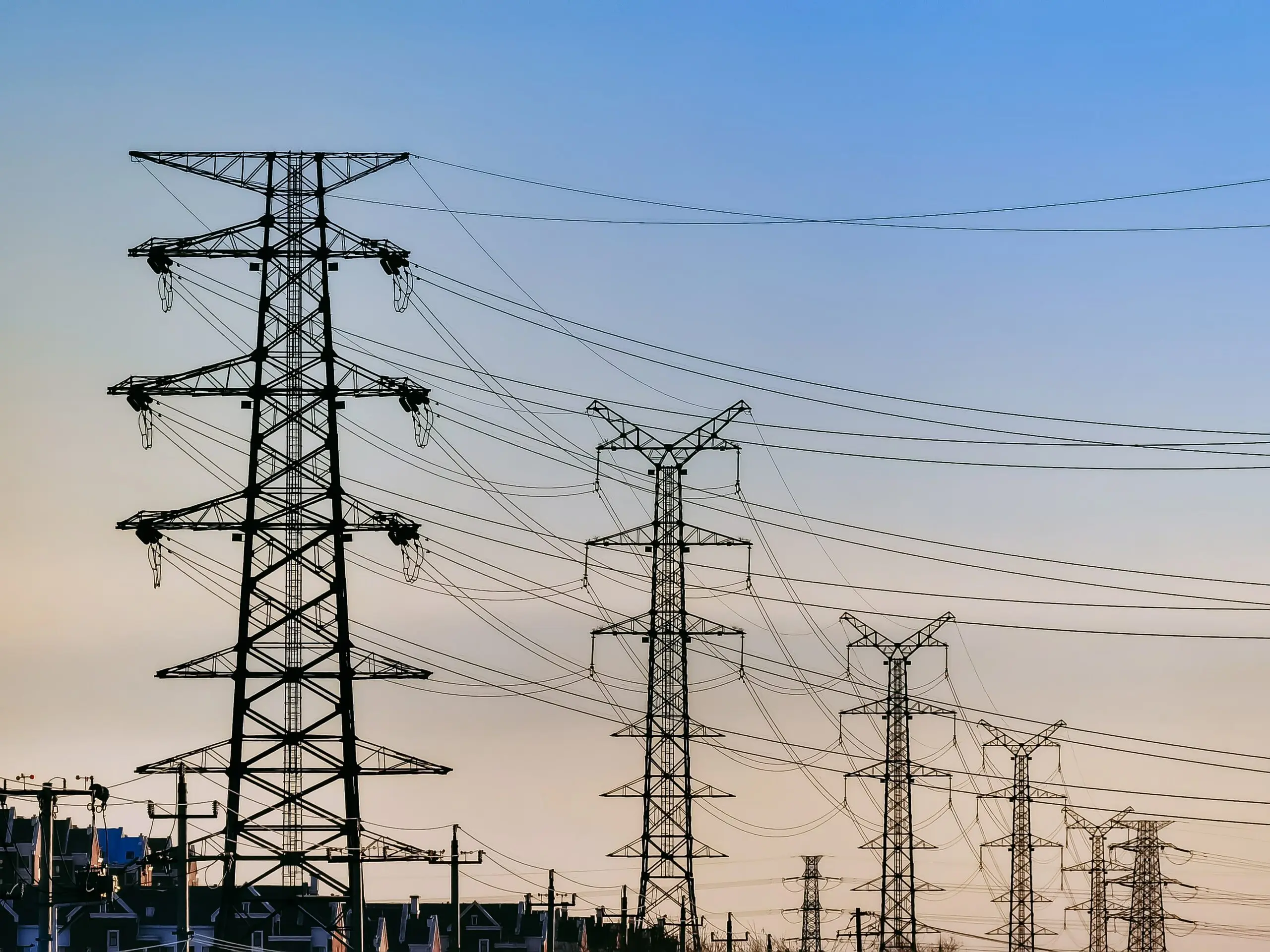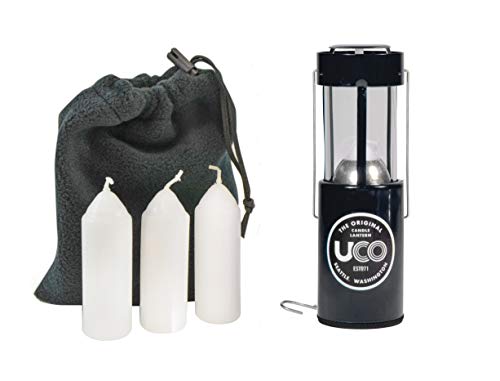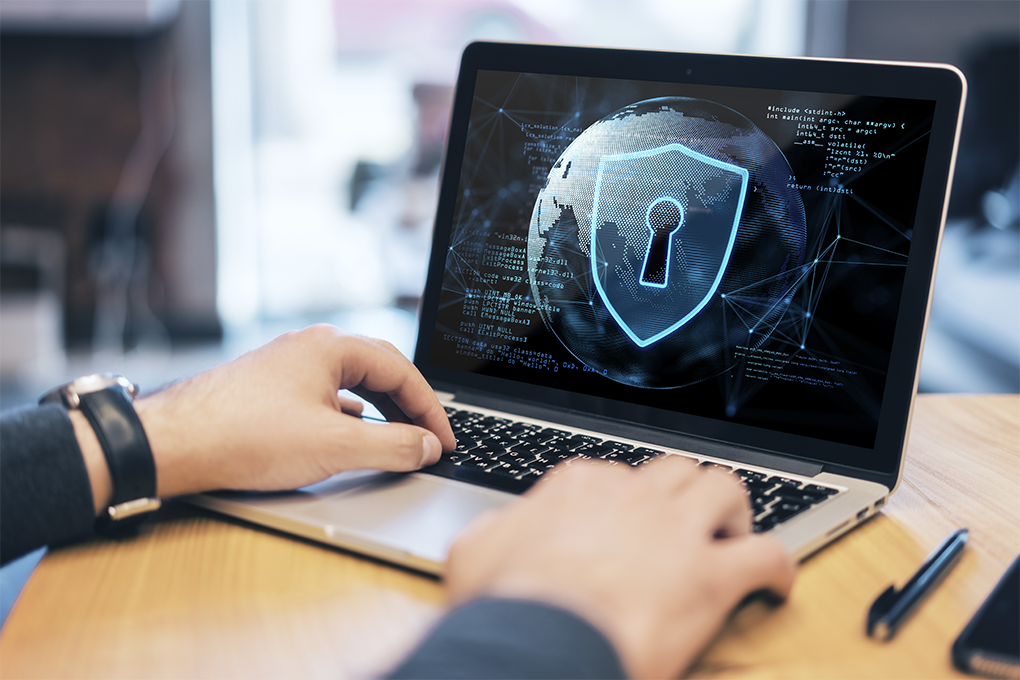All businesses in any industry are susceptible to a cyberattack, including your utility providers—water, gas, electricity, etc. According to an article from USA Today, “about once every four days, part of the nation’s power grid—a system whose failure could leave millions in the dark—is struck by a cyber or physical attack.”
Recently, there has been an increasing number of utility cyberattacks, impacting everything from meat processing plants to gasoline pipelines. And from what we’ve seen, it only takes a few days to have devastating effects on you and your family, resulting in something that is extremely costly, dangerous, and deadly.
As we see utility cyberattacks increase, just know that with foresight and planning, you can reduce these risks significantly if one strikes your utility provider.
Contents
What is a Utility Cyberattack?
A cyberattack is defined as an attempt by one or more individuals to access a computer network, and cause damage to it in one way or another. And like any other service that leverages a computer network, these attacks can be targeted toward your utilities.
Utility cyberattacks give hackers unauthorized access to a device or network with the intention of disrupting, stealing information, or compromising data. Thus, this intentional intrusion can often be classified as criminal behavior.
Current Challenges Facing the Cybersecurity Landscape
With the frequency and severity of cyber attacks on the rise there are a number of factors to consider when looking at the issue of utility cybersecurity:
- Regulatory Compliance vs. Actual Security: Utilities are heavily regulated and must comply with stringent IT security standards. While this ensures a certain level of security, there’s a risk that organizations might equate compliance with complete security, which is not the case. The rapidly evolving nature of cyber threats means that utilities need to go beyond compliance to stay ahead of potential attackers.
- Perception of Security Sophistication: There’s a general perception among IT security staff in the utilities sector that their organizations are well-prepared and sophisticated in terms of IT security. This is partly due to the regulatory environment, which mandates certain security measures. However, the actual sophistication and preparedness may not be as high as perceived, indicating a potential gap between perception and reality.
- High Rate of Public Security Breaches: The utilities sector experiences a high number of public security breaches compared to other industries. This could be due to the mandatory reporting of breaches in this sector, but it also highlights the vulnerability and the need for improved security measures.
- Adoption of Cloud-Based and Mobile Security Solutions: Utilities are adopting cloud-based web security and mobile security tools at a higher rate than other industries. This trend reflects the sector’s response to the high number of breaches and the nature of the utility workforce, which is often highly mobile.
- Challenges with Operational Technology (OT) Security: The integration of IT and OT, especially with the advent of smart grid technology, introduces new security challenges. The sector needs to focus on securing this integration to prevent the widening of its attack surface.
- Investment and Regulatory Constraints: Utilities operate in a heavily regulated environment, which can slow down the process of implementing necessary security upgrades. Investments in security are tightly controlled, and utilities often need regulatory approval to pass the costs of security investments onto customers.
- Response to Incidents: Utilities that have experienced public breaches tend to adopt more robust tools and processes for incident response and system restoration. This indicates a reactive approach to security, where measures are significantly enhanced after an incident has occurred.
But what can we do personally to prepare for these events, that will ensure our home and loved ones are protected in case of a domestic attack that effects our utilities?
Preparing Accordingly for a Utility Cyberattack
A cyberattack is one of the scariest things that could happen to any nation, state, or city. So, it’s important for every household to understand the implications and risks associated with such a cyberattack on their community’s utility providers. However, there are some crucial emergency preparedness items you can prepare your household with for such an event.
Prepare today for peace of mind tomorrow.
Get occasional tips about keeping your family and home safe — delivered to your inbox.
Lighting
We take our ability and access to lighting for granted, so oftentimes, we overlook having emergency lighting in case of a power outage. Consider keeping a flashlight in multiple places around the home such as the car, bedrooms, bathrooms, entryway, and one near your electrical panel.
While most cell phones have a built-in flashlight, you might also want to consider keeping a flashlight on your key ring, in your pocket and/or purse, and one at work.
In addition to flashlights, keep a secondary form of lighting in your home, such as lanterns or emergency candles, in rooms that you gather in, such as the kitchen or living room. For example, a few lighting products we love and recommend are the UCO Candle Lantern and the Streamlight Pro Tac HL-X. Both can be purchased through the Batten Marketplace.
Batteries
Just like Christmas morning, a best practice is to always have a good abundance and variety of batteries in your household to power flashlights, portable radios, smoke detectors, fire alarms, and backup generators. Keep an inventory of which items require batteries and which type to make sure you always have that kind on hand in case you need them.
Water
If you suspect the power might go out, you will want to have lots of water on hand. Immediately fill your bathtubs and sinks, and flush your toilets. However, this alone isn’t enough to have an adequate household water supply in the event of an emergency.
Increase your household water supply with the AquaPod Kit 2.0 – a must-have emergency water storage solution that provides you with up to 65 gallons of clean, potable water in the event of a disaster or emergency.
This kit comes with a high-quality, BPA-free liner that fits inside a standard bathtub and a pump to easily extract water. It’s easy to assemble and stores flat when not in use, making it convenient for storage in small spaces. Don’t risk running out of clean water during an emergency; be prepared with the AquaPod Kit 2.0.
Additionally, another item to have on hand is potable aqua chlorine dioxide water purification tablets. These water treatment tablets take four hours to purify one quart of water for emergency water purification. They only take up a small amount of space and have a big impact.
And of course, it’s always a good idea to keep a case or two of bottled water on hand.
Check out the Batten Marketplace for water storage supplies for purchase, such as barrels, storage kits, purification tablets, and more.
Back-up Power
Having an emergency generator will allow you to keep the necessary appliances and medical equipment running in your home.
We strongly recommend the Generac GP8000E Portable Generator. You can run this generator overnight, as it’s an electric start generator and runs quieter than others on the market. In other words, with a press of a button, the engine will kick into action. Purchase this generator along with other options on the Batten Marketplace.
Food
With growing concerns over food security during attacks, domestic and overseas, we recommend keeping a supply of emergency food at hand in your home.
The time to stockpile an emergency supply of food is right now. A utility cyberattack might make it hard to access food, so it’s crucial to have at least three days of food for everyone in the family – including pets. A 30-day stockpile is better, especially if you can stock a bit more of the food you are eating already.
In addition, if you have a second fridge, freezer, or additional pantry space, consider building that stockpile of food. If you are looking to build your emergency food stash from scratch, a great option is the 72-Hour Emergency Food kit from MyMedic or the 30-Day Food Kit from Nutrient Survival
Heating and Cooling
Power outages never seem to happen on a beautiful 70-degree day; they happen in extreme cold or extreme heat, both of which can be fatal.
Consider purchasing both a space heater and a portable air conditioner to help regulate your home temperature. However, you need a generator to operate both of these appliances. Check out our recommendations above for a solid generator that can power any appliance in your home.
As cyberattacks become more common, you need to protect your household and keep your family safe. Although we can’t prevent cyberattacks, we can prepare for them. Don’t get caught off guard in case a cyberattack strikes your community’s electricity grid and power supply, so stock up on emergency supplies today.
Not sure where to begin? Shop the Batten Marketplace for disaster preparedness products based on your needs.
Additional Cybersecurity Precautions we can Take at Home
The line between large-scale utility infrastructures and our personal digital spaces is increasingly blurred. As we draw insights from the sophisticated cybersecurity landscape of utilities, it becomes evident that the strategies employed by these critical sectors can offer valuable lessons for securing our homes and protecting our families against cyber threats.
- Understanding the Interconnectedness: Just as utilities are part of critical infrastructure, individual homes are connected to these utilities. A breach in utility security can have cascading effects, potentially impacting the security and functionality of smart home devices and systems.
- Beyond Compliance to Proactivity: Similar to how utilities are encouraged to go beyond regulatory compliance, individuals should also adopt a proactive approach to cybersecurity. This means not just doing the minimum (like using antivirus software) but also staying informed about the latest cybersecurity threats and protection strategies.
- Regular Updates and Security Practices: Utilities are adopting cloud-based and mobile security solutions to enhance their security posture. Similarly, individuals should ensure that their home networks and connected devices are regularly updated with the latest security patches and are protected by robust security solutions.
- Dealing with Breaches: The high rate of public security breaches in the utilities sector highlights the importance of being prepared for potential cybersecurity incidents. Families should have a plan in place for responding to a breach, such as changing passwords immediately, monitoring for unusual activity, and knowing how to contact their service providers for support.
- Educating and Aligning Family Members: Just as utilities need alignment between different managerial perceptions of security, families also need to ensure that all members, including children and elderly relatives, are educated about the risks and the best practices for cybersecurity.
- Investing in Security: The document mentions the constraints utilities face in investing in security improvements. While households may not face regulatory constraints, budgeting for cybersecurity (such as investing in quality security software or hardware) is crucial and should be viewed as a necessary investment in protecting the home and family.
- Being Aware of the Broader Impact: Just as utilities are part of a larger infrastructure, an individual’s cybersecurity practices can have broader implications. Poor security practices at home can not only compromise personal data but also potentially contribute to larger-scale cyber threats.
Utility cyberattacks are a stark reminder of our modern vulnerabilities. As our reliance on digital infrastructure grows, so does the potential impact of these attacks, not just on individual households but on the very fabric of our society. It’s imperative that we bolster our defenses, not only at the utility level but also within our own homes, to safeguard against these evolving threats.
– Kurt Sanger Cybersecurity Expert
Adopting these utility sector-inspired strategies in our personal lives not only fortifies our homes against cyber threats but also contributes to the broader ecosystem of digital security.
By fostering a culture of proactive cybersecurity within our families, we not only safeguard our personal data but also play a part in strengthening collective resilience against cyber threats, echoing the interconnected nature of our modern digital infrastructure.
Here are all the power grid emergency preparedness products mentioned in this article, sorted by price:

